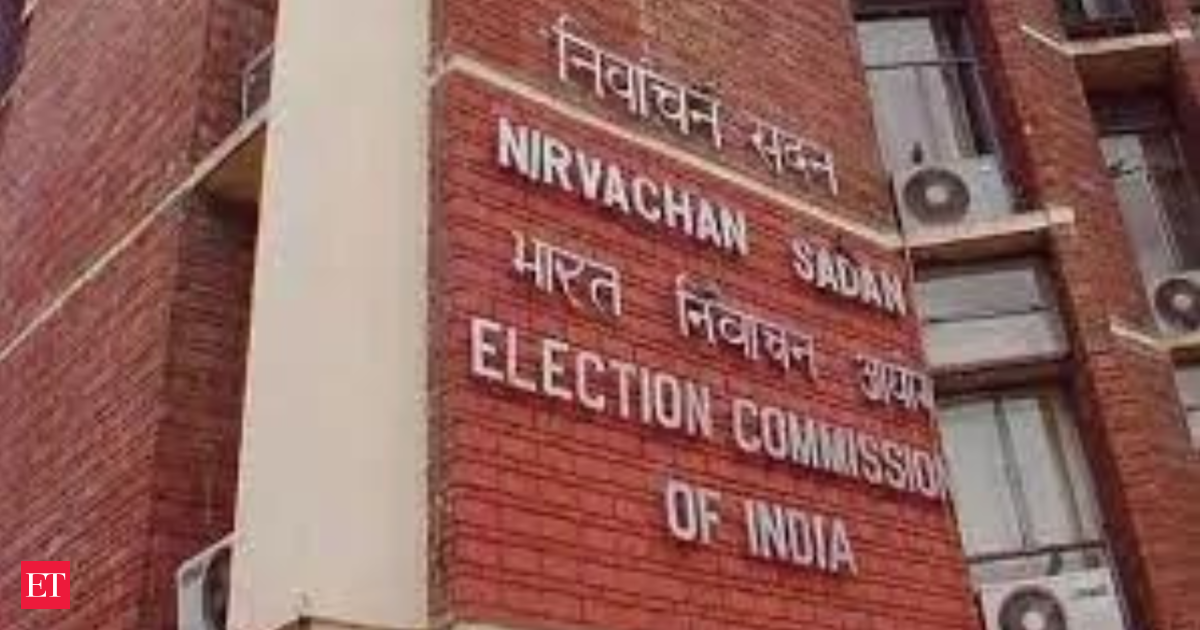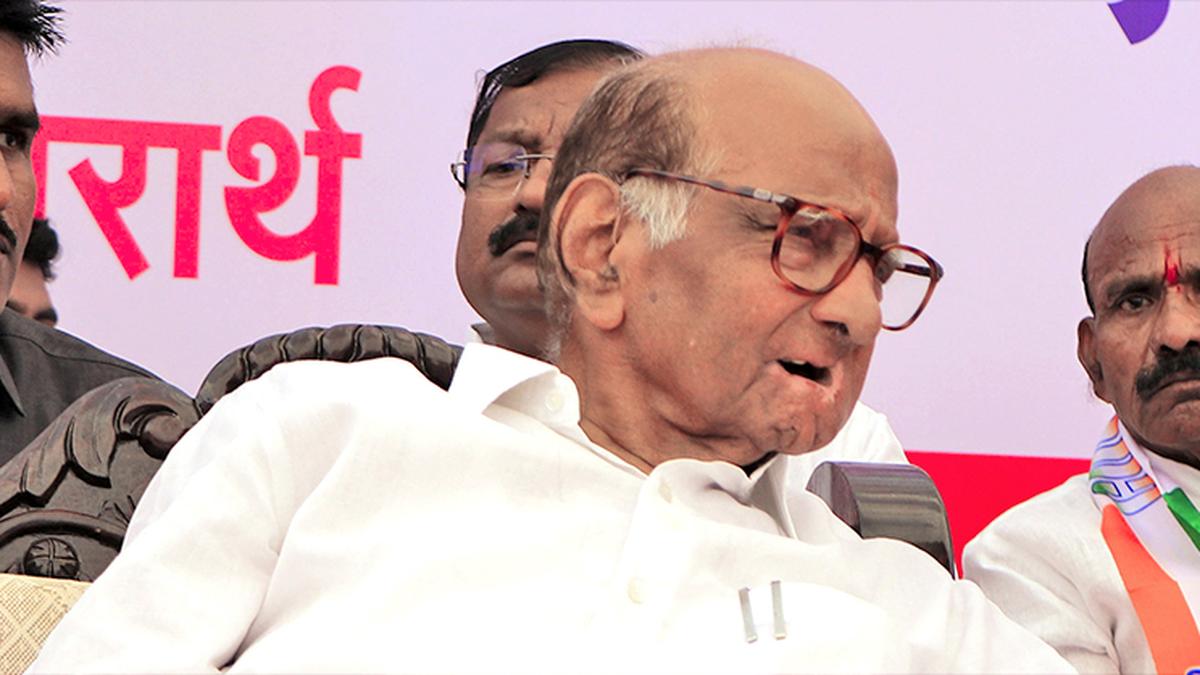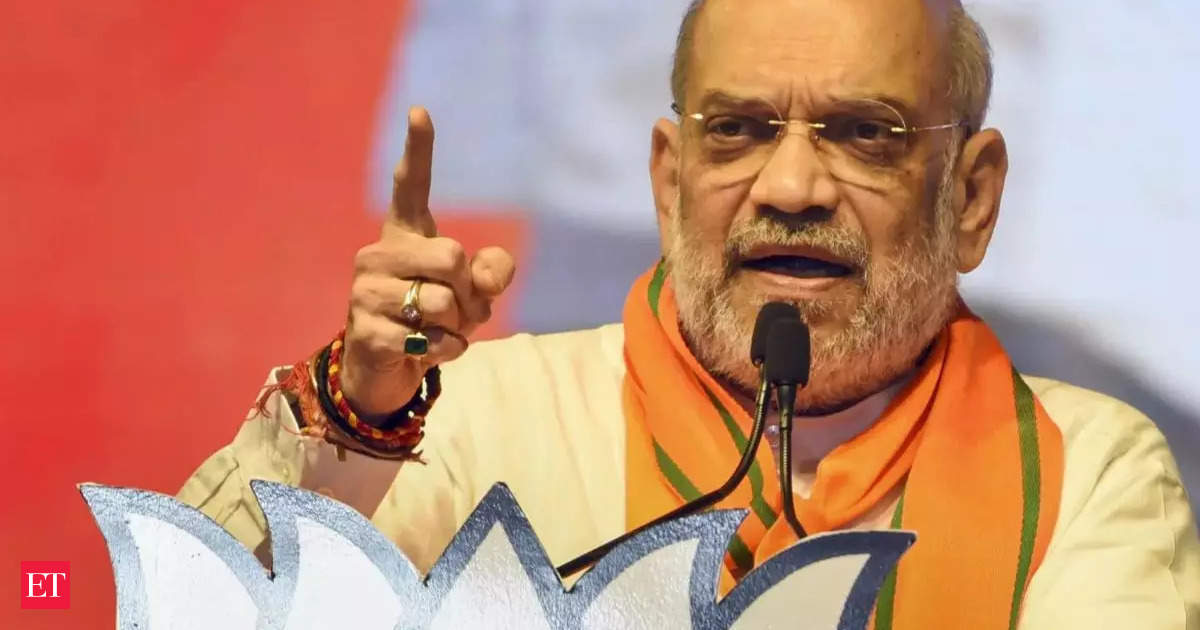The Election Commission of India plays a vital role in conducting free and fair elections in the country. One of its crucial responsibilities is resolving disputes related to political party symbols. When two or more parties claim the same symbol, the EC uses a process known as the ‘test of majority’ to determine which party should be granted the symbol.
The ‘test of majority’ involves conducting a secret ballot among the members of the party involved in the dispute. The EC sends ballot papers to all the members who are eligible to vote in the party’s internal polls. These members include elected representatives, office bearers, and others identified by the EC.
The ballot paper generally consists of two options – one with the symbol being claimed and another with the symbol being contested. The members cast their votes by marking their choice on the ballot paper. Once the voting is complete, the ballot papers are collected and counted in the presence of the Election Commission officials.
To determine the outcome, the EC looks at the total number of valid votes cast for each option. If the party claiming the symbol receives a majority of the votes, it is granted the symbol. On the other hand, if the party contesting the symbol receives a majority of the votes, it gets the symbol. In case of a tie, the EC may conduct a re-poll to break the deadlock.
The ‘test of majority’ is a crucial factor in deciding the fate of parties involved in political party symbol disputes. It ensures that the party with the true majority support among its members gets the symbol, which holds significant electoral value. The symbol is an important tool for identification and recognition during election campaigns.
The ‘test of majority’ also serves the purpose of internal democracy within political parties. It allows the members to decide which party should represent them using a fair and transparent voting process. This not only ensures the legitimacy of the party but also promotes accountability and strengthens the democratic fabric of the country.
In conclusion, the Election Commission’s ‘test of majority’ plays a crucial role in deciding the fate of political parties involved in symbol disputes. It is a process that ensures fairness, transparency, and the true representation of party members. The EC’s decision holds immense significance as it determines which party can use a particular symbol during elections, ultimately affecting their electoral prospects.











